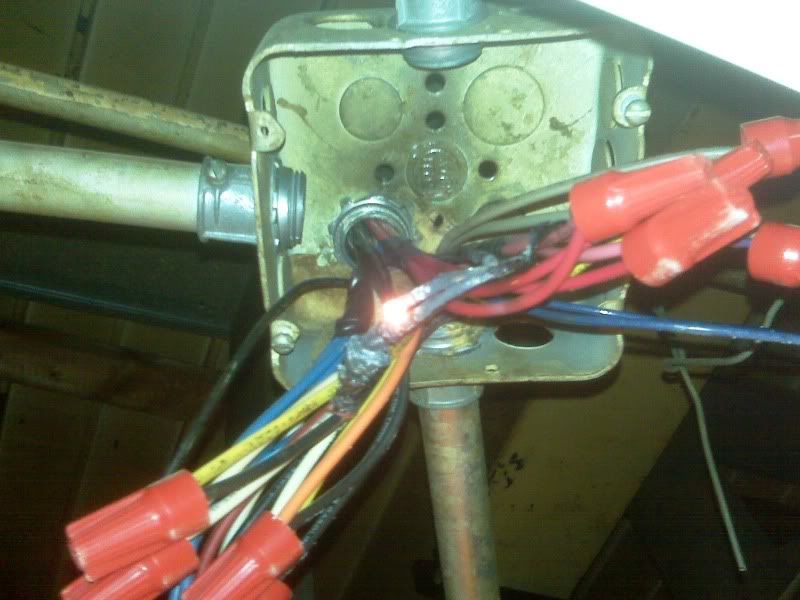mike7330
Senior Member
- Location
- North America
could one of the cables wicked water into the box.
No, there is no drains, no roof drains, no pipes or signs of leaks, if you look the cables loop over the I beam and stay under the slab. The beams are covered with a fiberglass fire proof material and always dry,I hope the picture is clear by the beam.
I really can not tell how the the box is rusted. Maybe one of the other members can tell if the heat and fire could cause it????



